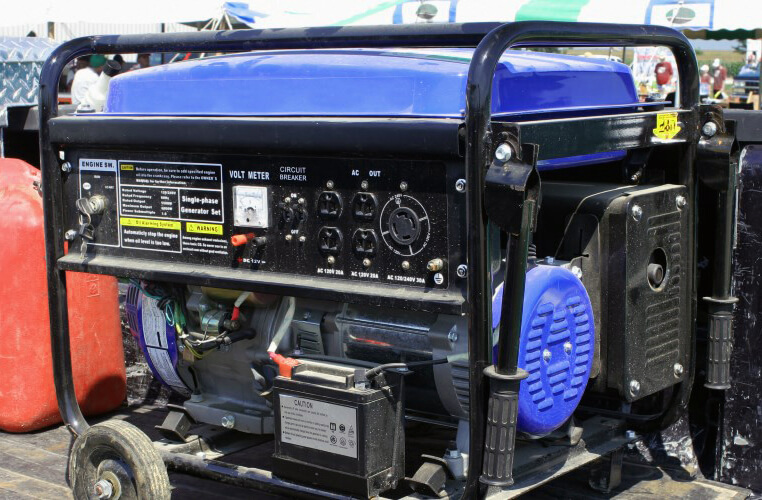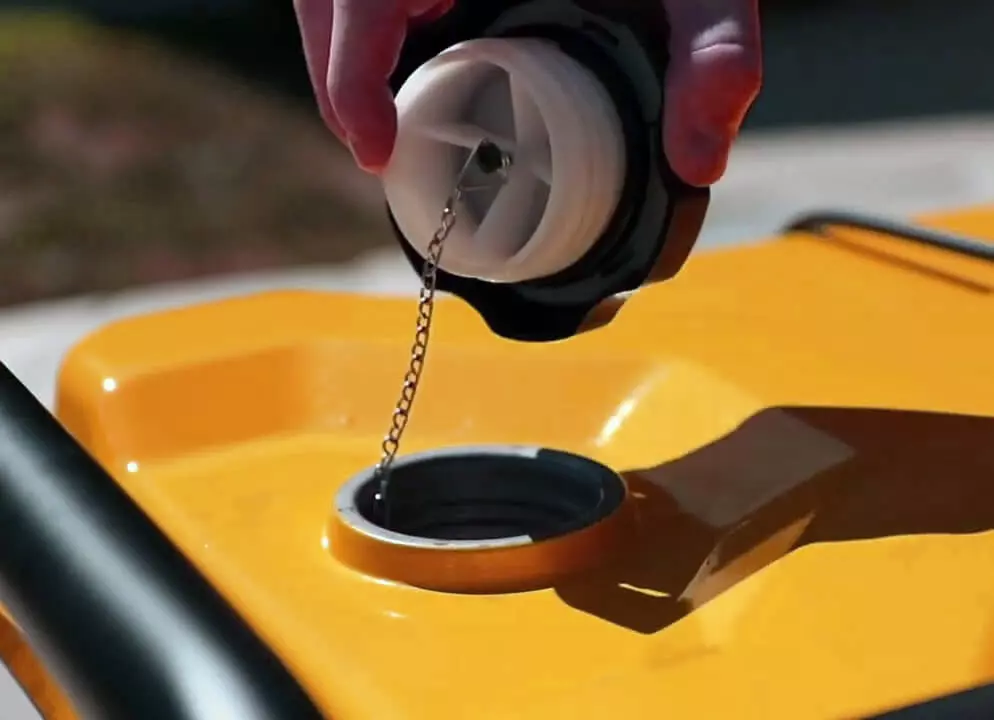29Dec 2022
table of contents
Whenever a power outage occurs, you can rely on backup power to tide you over, and as one of the most valuable investments of your import business, it's imperative that you know how to properly store your generator to maximize its lifespan. To that end, let's look at the basics of how to store your generator after use.

BISON generator manufacturer will give you a step-by-step guide on short-term and long-term storage. let's start.
Before we get to the real tricks, we first want to stress one thing.
If your machine runs on ethanol-free gasoline, always try to refuel your generator with it, as the ethanol can separate from the fuel and damage your engine and fuel lines during long-term storage.
While this fuel is more expensive, it will save you a lot of trouble in the long run.
Short term storage of BISON portable generators is very simple. All you need to do is basic cleaning and maintenance procedures, including:
1. Machine dust removal
2. Remove all dirt and debris
3. Remove old grease and dirt
4. Check your unit, gas tank, wheels, etc. (look for loose bolts or blown wires)
5. After the generator cools down, fill up the fuel tank
Basically, if you know that you will be using your BISON generators within the next 30 days, then you don't need to do anything extra.

If you plan to store BISON generators for a longer period of time (more than a month), you should follow a different procedure. But for generators that do not require fuel, such as solar generators, the following steps can be ignored, mainly including gas generator, diesel generator etc.
BISON machinery's following steps will help you:
1. Thoroughly clean the generator
When cleaning BISON generators, you need to make sure you clean both the inside and the outside.
Clean the portable generator and look around and under it for signs of oil leaks or fuel. Use a clean cloth and degreaser to remove old grease and grime that may have accumulated on the surface. Keep in mind that leaving oil, gas or dirt on the BISON generator can cause various seals and switches to corrode.
Use a soft brush to clean debris accumulated inside and outside the generator, making sure the connecting rods, springs and other engine controls are clean.
Check the area around and behind the muffler for any flammable debris.
Check cooling air slots and openings—these areas must be clean and unobstructed.
2. Check your generator
Before storage, please develop the habit of checking various functions and components under the guidance of BISON user manual. Then, look for any loose or frayed wires; rusted, corroded or damaged components; loose or missing bolts.
Hoses and wires
Wheels and handles
Controls and switches
Fuel tank
Spark arrester
Some of these generator components may deteriorate or become damaged while in storage, so arrange for a service technician to come and check if you notice any problems.
3. Drain the fuel
For long-term storage, it is generally recommended not to use any gasoline when storing BISON generator. You can empty the tank and take the unit to a well-ventilated area. Close the manual fuel shutoff valve. Drain the tank completely using the siphon pump and store gasoline in a suitable tank.
If you don't plan to use the petrol for a few weeks, add a fuel stabilizer to it. Fuel stabilizers act as antioxidants, preventing fuel tanks from rusting and preventing fuel separation.
After draining the generator, don't forget to put the cap on the generator tank.

4. Drain the carburetor
This step is easy. Just take the electric generator outside and start it. Let it run until it stops for lack of fuel. This will burn off any remaining fuel that may be left in the fuel lines.
5. Fill the cylinder with oil
The last step you should do before storing BISON generator for an extended period of time is to shut down the machine and disconnect the spark plug wires.
You will then need to remove the spark plugs and add about 0.5 oz (2-3 tsp) of new oil to the cylinder.
After adding the oil, you'll want to cover the opening with a clean pad (to catch any oil that may spray out) and pull the alternator's recoil starter a few times to distribute the oil around the piston rings and cylinder bores.
Once done, you can reinstall the spark plugs and reconnect the wires.
6. Store in a cool, dry place away from moisture
Where should you store your generator? If all is well, you can store the device in a dry, cool place. Best to keep away from any actual or potential source of ignition or heat.
When you are not using BISON generator, it is recommended to place it in one of the following locations:
Garage – The garage offers the best protection and is available when you need it most.
Outdoor Gnerator Shed - If you want to keep your generator out of your home, here are your options. But this place is not suitable for winter, because prolonged exposure to cold weather will damage your generator.
Homeowners who have no choice can invest in heat shields to help protect the more delicate parts of their appliances.
Generator Enclosures – As a good middle ground option between a garage and an outdoor shed, a generator enclosure is worth the investment. They keep your device outside and help keep it away from dust, moisture and debris, protecting your device from attack
Don't forget to invest in a weatherproof cover to protect your device from harsh weather conditions.
Petrol "degrades" in several stages. Three key aspects to keep in mind are:
Petrol degrades over time – volatile elements in gasoline evaporate over time. Especially affected by exposure to air, this evaporation makes it more difficult for the remaining gas to evaporate and ignite. If the gas is left in the engine instead of in a safe tank, it will be more exposed to the air and will degrade faster and cause poor performance.
Phase separation renders the petrol useless - When the ethanol separates and sinks to the bottom, the gas undergoes a process called phase separation. Once this happens, it is not safe to use and cannot be fixed with fuel stabilizer. The separated ethanol is hydrophilic, which means that the separated ethanol can draw water from the air into BISON generator and damage internal components.
Residual sludge can lead to engine damage – once the petrol participates in the process of evaporation and phase separation, a thick mixture of ingredients is left behind. This sludge causes varnish and gum deposits that clog the small passages in carburetors and fuel injectors. The longer the contaminated gas stays in the engine, the more damage it can cause.
Petrol doesn't have a long shelf life, but there's no clear answer to how long it takes to lose power. it depends on:
Amount of exposure to air
Climate, especially moisture in the air
Storage conditions (metal petrol tanks are safer than plastic)
Fuel blend and quality
However, in general, if you store petrol in your generator for anywhere from 30 days to a full year, your generator may fail or become contaminated.
But rather than relying on strict calendar guidelines, store your generator in a clean, dry and cool storage area and know the warning signs of poor fuel quality. If you see signs of oxidation, deposits, varnish or gum formation, you need to safely dispose of your fuel rather than attempt to use it, as this could damage your engine.
Properly storing your generator when not in use may seem like a complicated process, but once you get the hang of it, it's fairly simple. A generator isn't always needed, so it's important to have a good stock of it to help when you need it. Following the tips, methods and solutions discussed above will help you greatly extend the life of BISON generator while ensuring it runs like brand new.
inquiry form here
BISON BLOG, All the latest news and views from Bison Machinery.